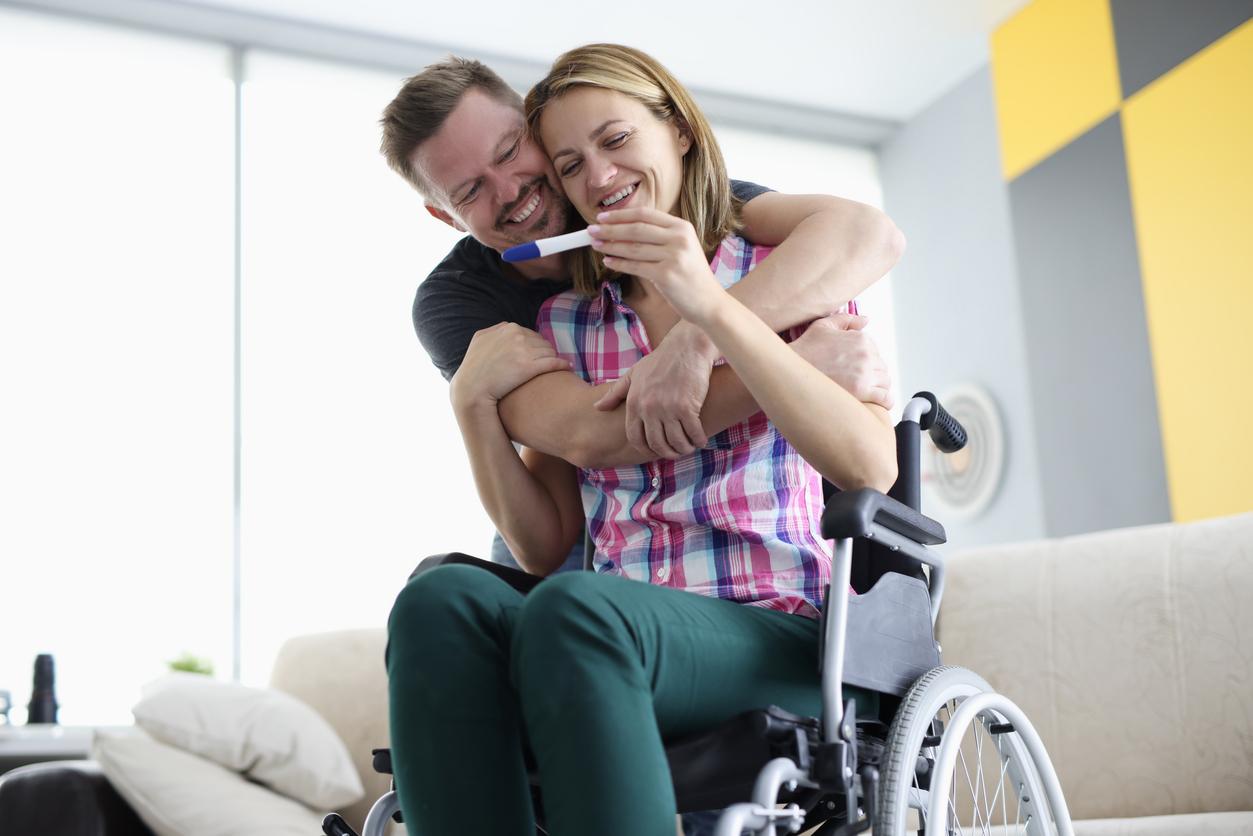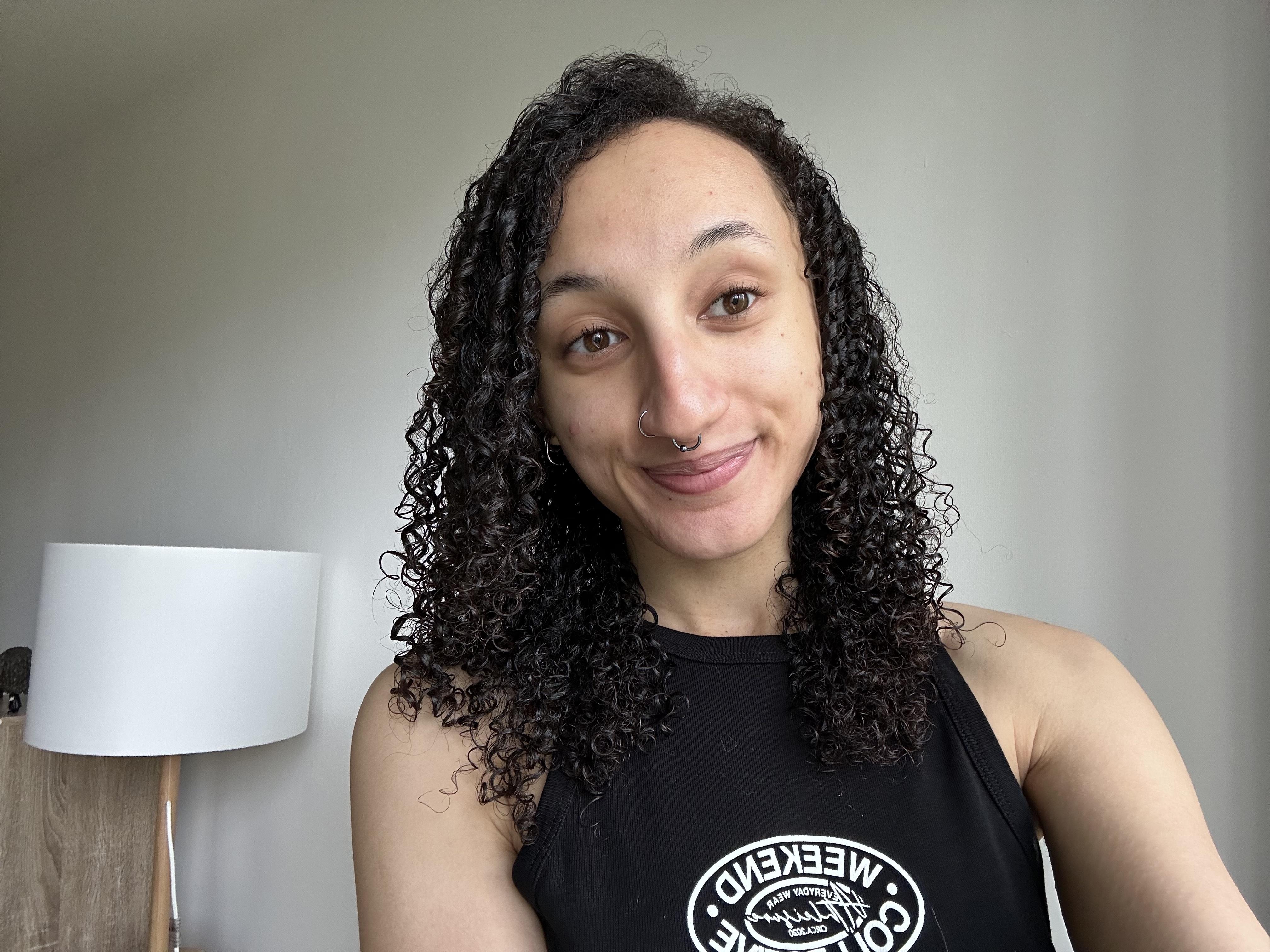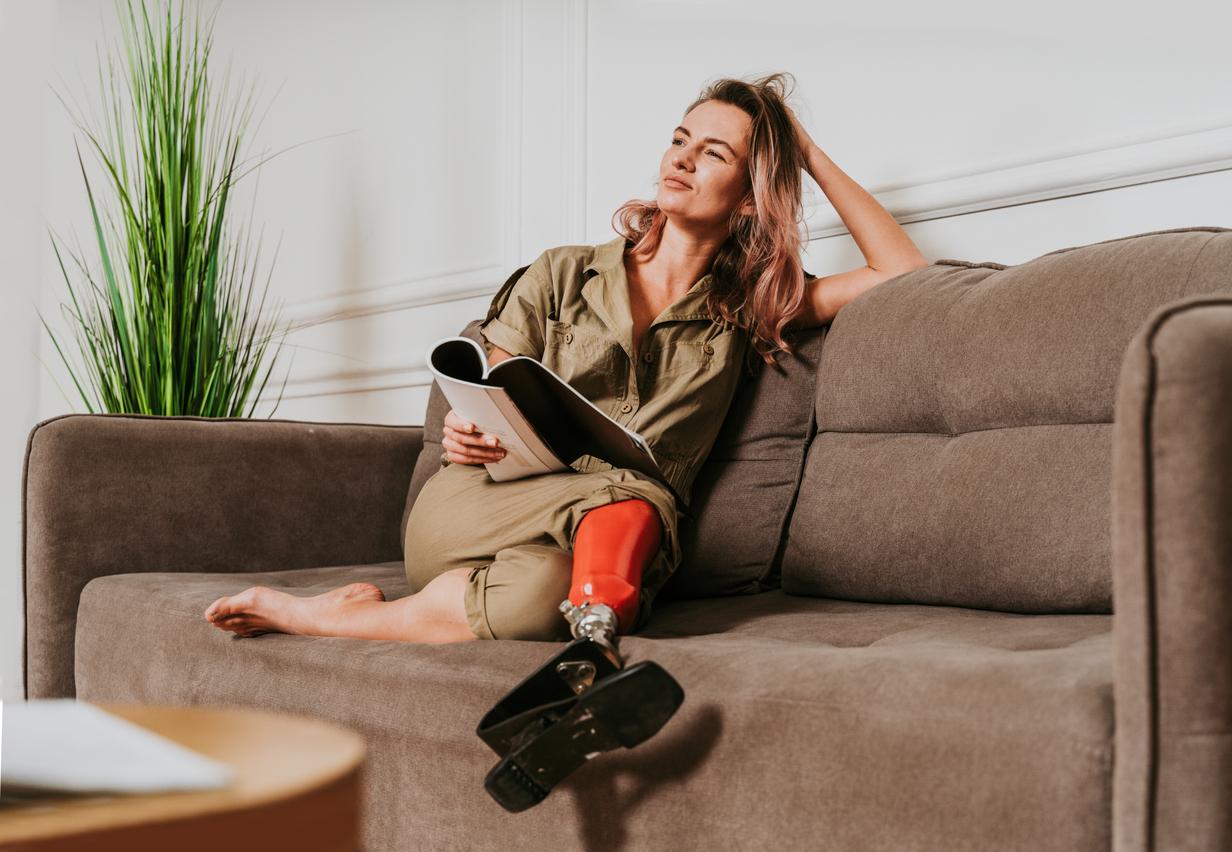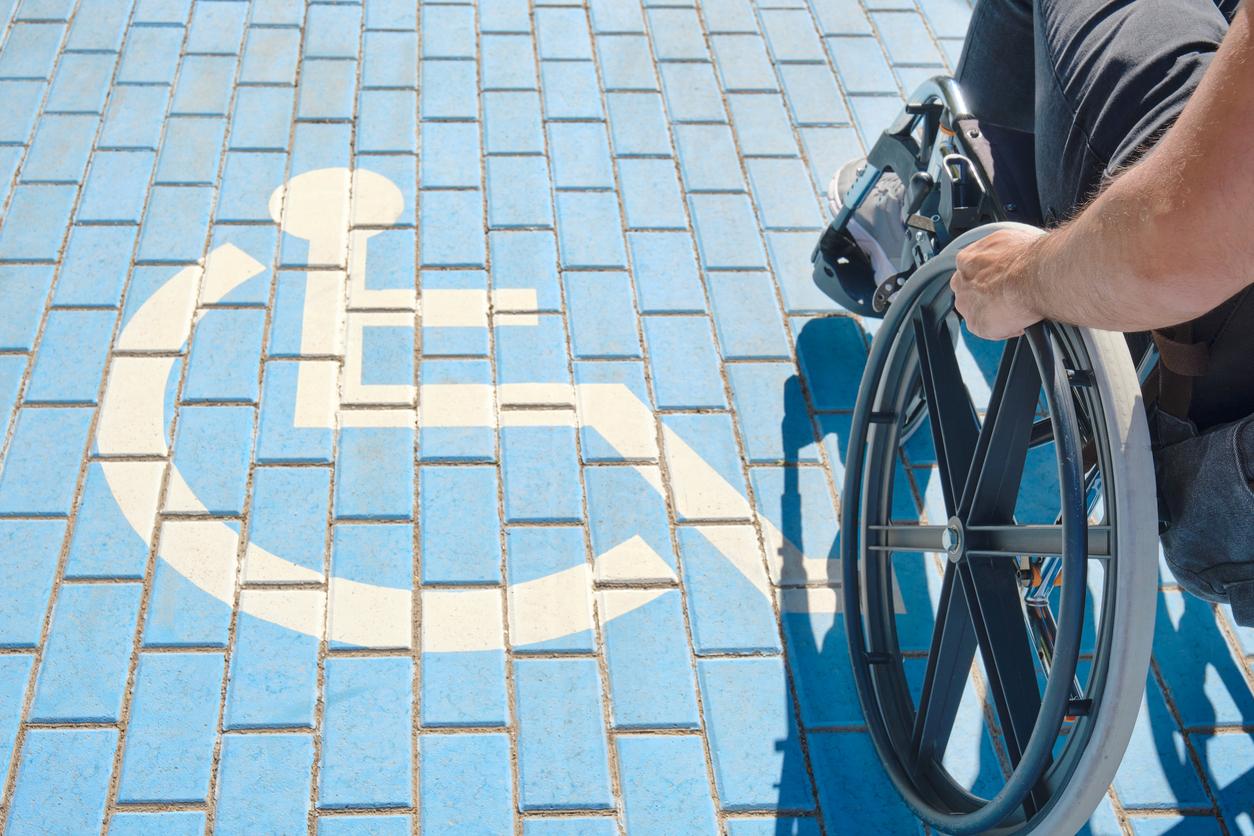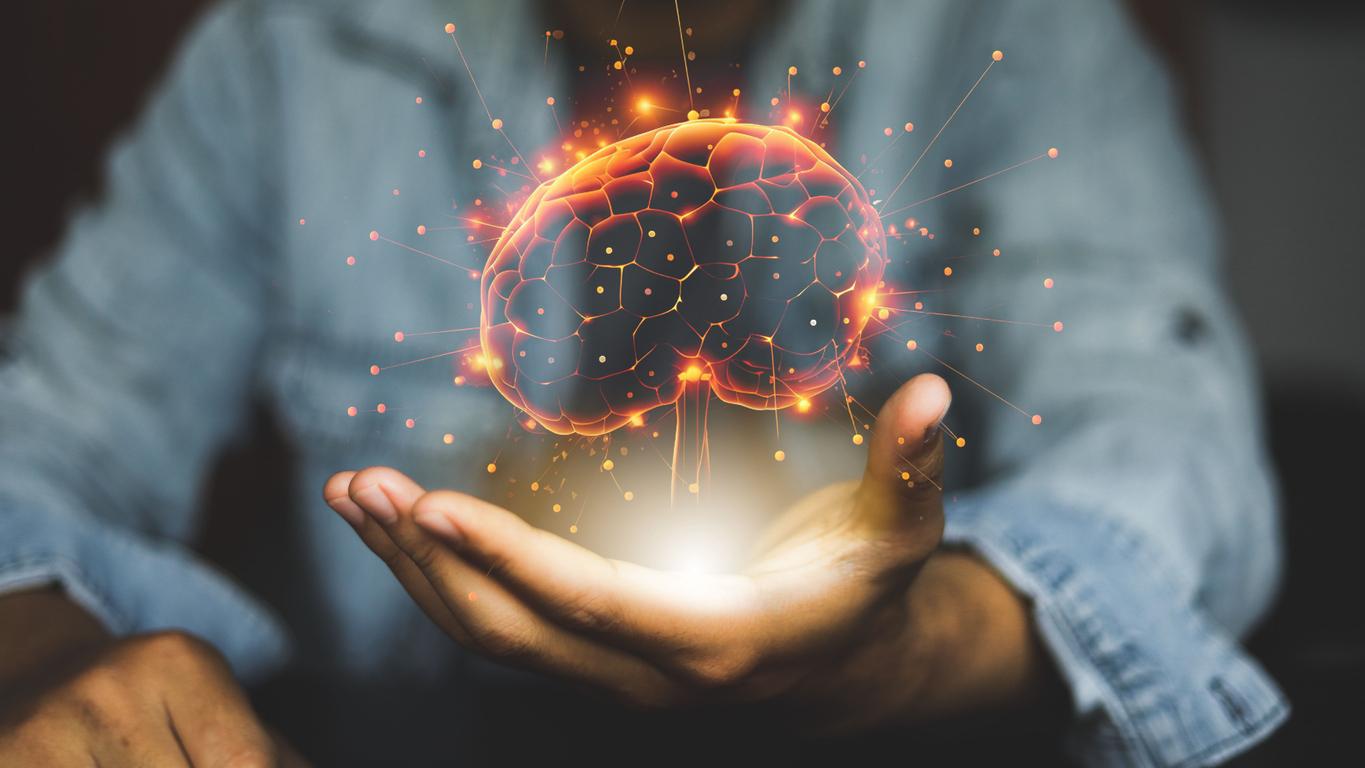Three examples
Dancing is for everyone: people in wheelchairs also swing on the dance floor. There is visual music for the deaf. And if you are rigid and stiff, you can enjoy rhythm in the water. Dance three times differently.
wheelchair dancing
Wheelchair dancing allows you to create figures in different shapes. Two wheelchair users can form a dance pair together (duo dance), but a wheelchair user can also form a dance pair with an able-bodied person (combi dance). A wheelchair user can also dance solo or dance synchronized with several dancers (formation dance).
Wheelchair users develop better wheelchair control through dancing. You also train your coordination, muscle strength, mobility and endurance with it. In addition, this way couples have an activity that they can do together.
dancing in water
Aquarobics is a dance where you do all kinds of exercises to music in the pool. The water has a pleasant temperature and comes to about chest height. This is an ideal place for people with joint or muscle pain to still be able to dance. The exercises you do improve your fitness and stamina. Accessories such as hoops, dumbbells and weights strengthen the muscles. The resistance of the water makes it a strenuous sport. In addition to water aerobics, there are more such water sports such as aqua jogging, aqua steps and aqua fitness.
Dancing for the deaf
A hearing person can make music visible to a deaf person. To do this, first translate the lyrics into sign language. Then the hearing person acts out the text and indicates the rhythm with the tapping of the feet. The deaf can take over and empathize with the music while moving. Often the deaf and hard of hearing enjoy this together.
The hearing thus plays an important role. There are special workshops that you can follow as a sign language user. For example, 1.2. Communication a course in Visual Music. In ten lessons you will learn how to translate music.











